When we think of highly intelligent animals, dolphins, chimps, and dogs often come to mind first. However, lurking in the shadows of our neighborhoods and forests are some of the most intellectually remarkable creatures on the planet – crows. These ebony-feathered birds, often dismissed as noisy scavengers or agricultural pests, possess cognitive abilities that rival those of primates. From tool creation to facial recognition, crows demonstrate a level of intelligence that challenges our understanding of animal cognition. Let’s explore the fascinating mental capabilities of these corvids that might forever change how you perceive these common birds.
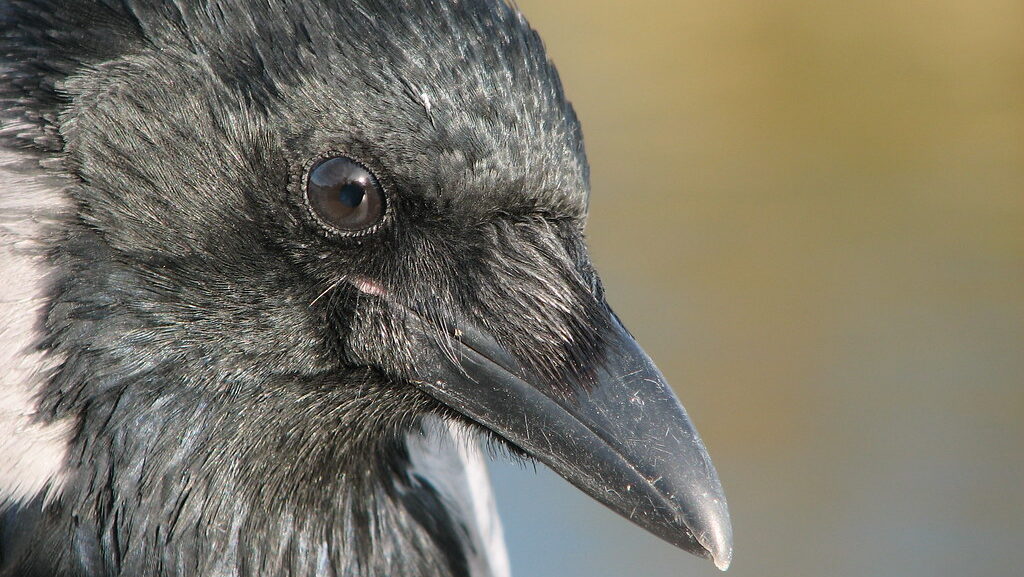
The Remarkable Brain-to-Body Ratio of Crows
While crows have relatively small bodies, their brains are impressively large in proportion, comparable to that of chimpanzees. A crow’s brain accounts for approximately 2.7% of its body weight, whereas the human brain makes up about 2% of our body weight. This impressive brain-to-body ratio is one of the highest among birds and contributes significantly to their advanced cognitive abilities. Their forebrain, particularly the nidopallium caudolaterale, is especially developed – this is the avian equivalent to our prefrontal cortex, which handles complex thinking and decision-making processes. This neurological advantage gives crows the hardware needed to process complex information, solve problems, and adapt to changing environments with remarkable efficiency.
Tool Creation and Modification Skills
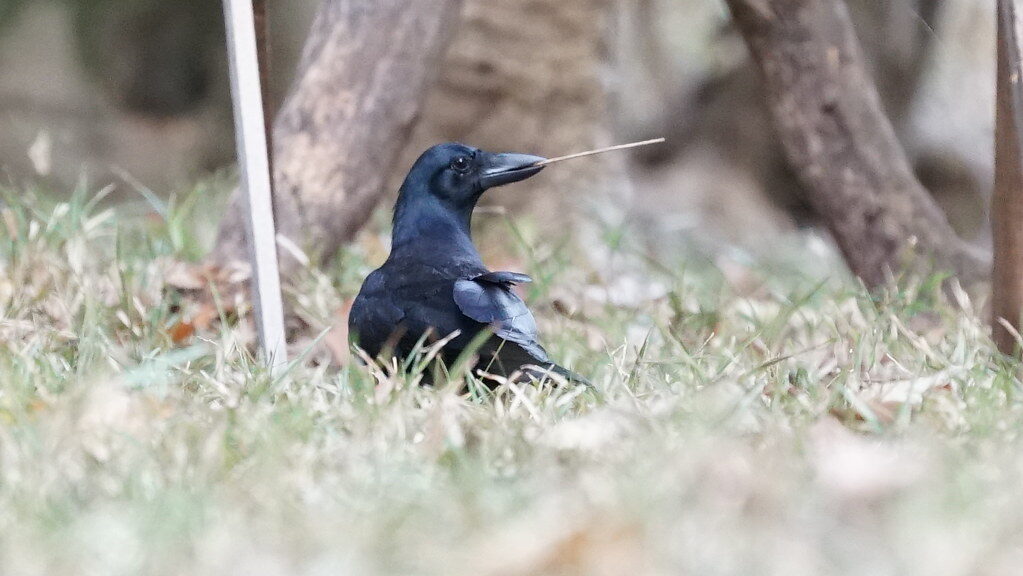
One of the most extraordinary demonstrations of crow intelligence is their ability to not only use tools but create and modify them for specific purposes. New Caledonian crows, in particular, craft tools from twigs and leaves, fashioning hooks to extract insects from tree crevices. In laboratory settings, these birds have bent wire into hooks to retrieve food from containers, showcasing an understanding of cause and effect that rivals that of great apes. What’s even more impressive is that these tool-making behaviors aren’t simply instinctual – crows can assess a novel problem, conceptualize a solution, and craft an appropriate tool, sometimes through a multi-step process. They also modify their tools based on the specific task at hand, displaying a level of planning and forethought previously thought to be exclusive to primates.
Facial Recognition Capabilities
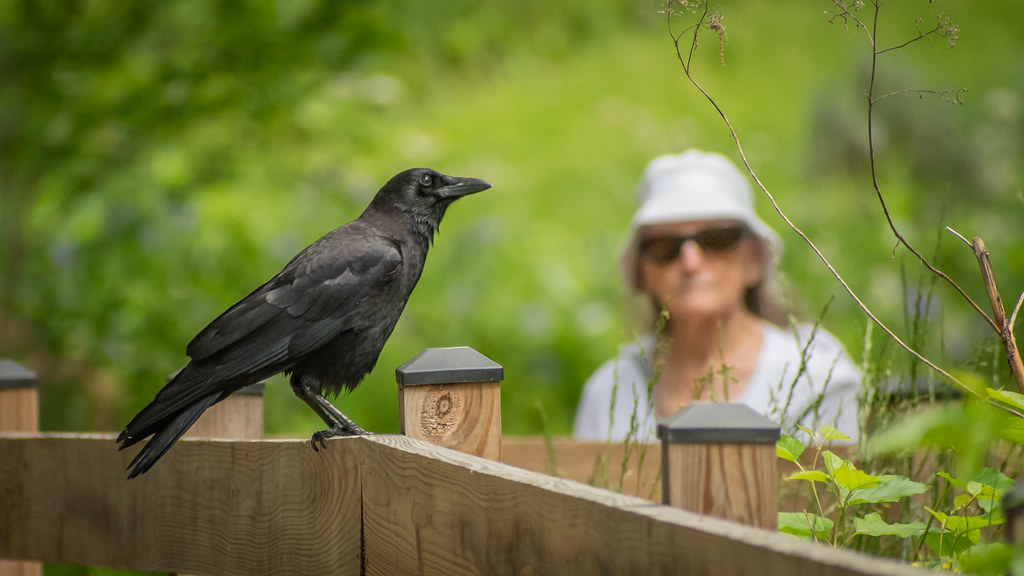
If you’ve ever felt like a crow was watching you, you might not be paranoid – crows can recognize individual human faces and remember them for years. Research conducted at the University of Washington demonstrated that crows not only recognize people who have threatened them in the past but will actively warn other crows about these individuals. The scientists wore masks while capturing and banding crows, and subsequently, the birds would mob anyone wearing the same mask, even years later and in different locations. Remarkably, this knowledge transfers throughout crow communities and even to younger generations that never experienced the original negative interaction. This sophisticated facial recognition system serves as a survival advantage, allowing crows to identify and avoid potential threats in their environment with remarkable precision.
Problem-Solving Abilities That Rival Children
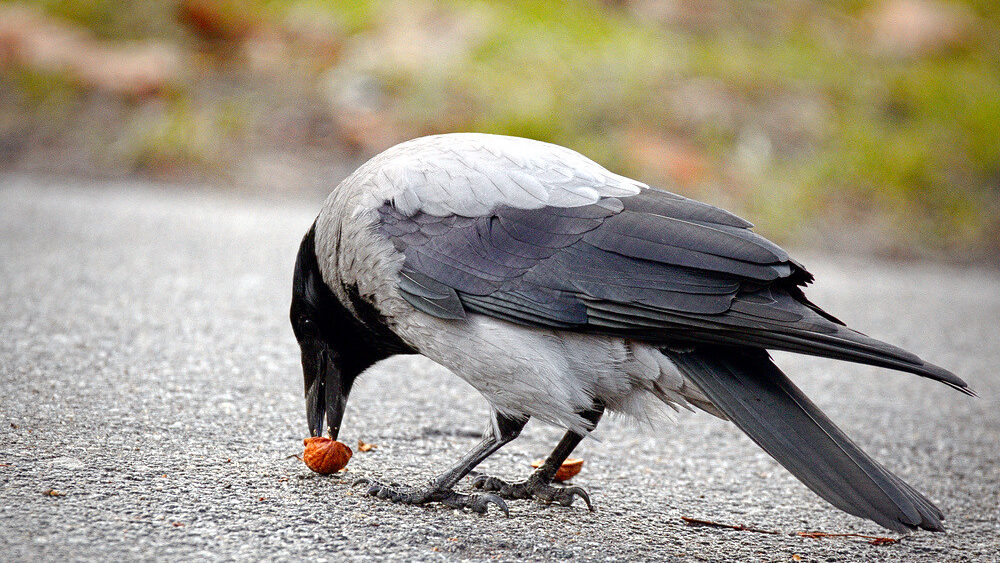
Crows exhibit problem-solving skills comparable to those of 5-7-year-old children in certain tasks. In the “Aesop’s Fable” experiment, scientists presented crows with a narrow tube containing water with a floating treat, but the water level was too low for the birds to reach the food. Without training, the crows quickly determined they could raise the water level by dropping stones into the tube, allowing them to access the treat. Even more impressively, when given objects of different properties, the crows selectively chose solid objects over floating ones, demonstrating an understanding of displacement principles. This sophisticated causal reasoning demonstrates that crows can analyze complex physical problems and devise efficient solutions, often on their first attempt, showcasing a level of insight that challenges our understanding of avian intelligence.
Complex Social Structures and Communication
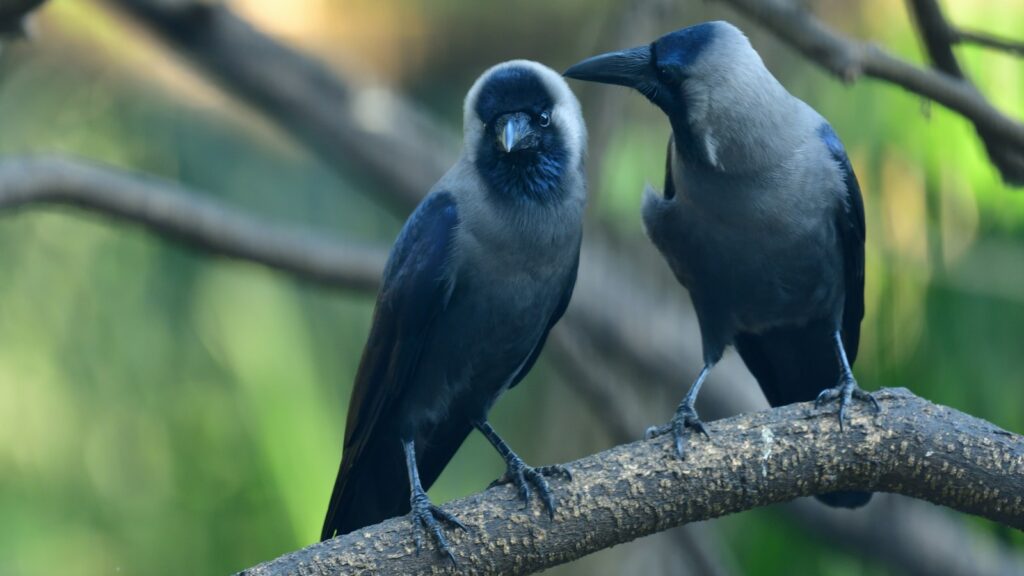
Crow societies exhibit remarkably intricate social structures that facilitate collaborative problem-solving and knowledge sharing. They form tight-knit family groups where offspring often stay with parents for several years, creating a system where knowledge can be passed down through generations. Researchers have documented over 250 distinct crow calls, each with specific meanings ranging from alarm signals to courtship communications. Their social intelligence extends to understanding relationships between other crows, remembering which individuals are allies or rivals, and even engaging in reconciliation behaviors after conflicts. This social complexity allows crows to form cooperative hunting groups, share information about food sources, and collectively defend against predators, demonstrating that their intelligence extends beyond individual problem-solving to sophisticated social cognition.
Cultural Transmission of Knowledge
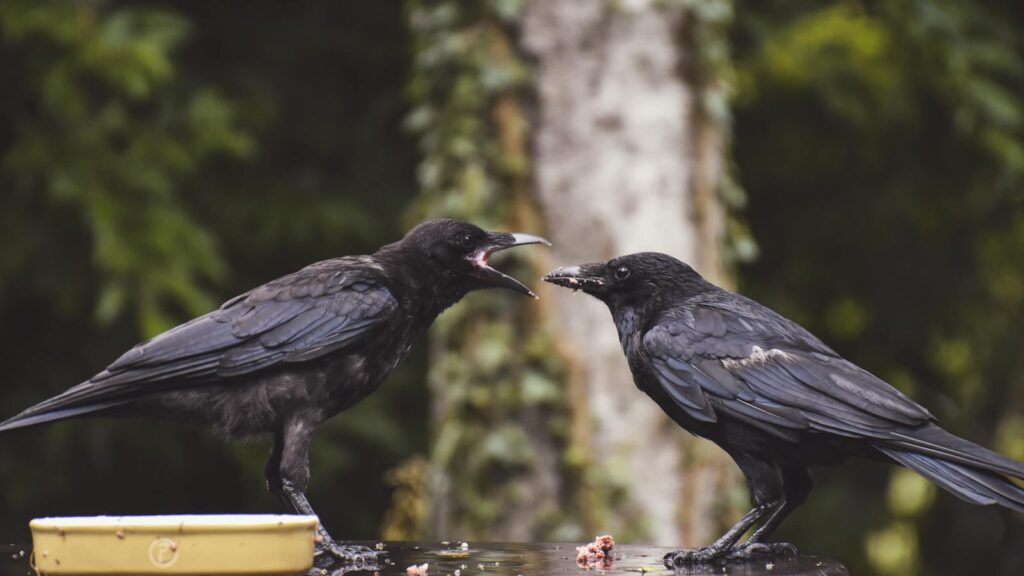
One of the most human-like aspects of crow intelligence is their ability to transmit knowledge culturally across generations. Young crows learn complex behaviors not just through instinct or individual trial-and-error, but by observing and imitating their parents and other community members. In Japan, scientists observed carrion crows that learned to place walnuts in roadways for cars to crack open, then wait for traffic signals to change before safely retrieving the exposed nuts. This behavior spread throughout crow populations in different Japanese cities, indicating cultural transmission rather than independent discovery. Similarly, tool-making techniques in New Caledonian crows show distinct regional “styles,” suggesting something akin to local traditions. This capacity for cultural learning allows crow populations to rapidly adapt to new environments and opportunities, creating a cumulative knowledge base that increases over generations.
Episodic-Like Memory Capabilities
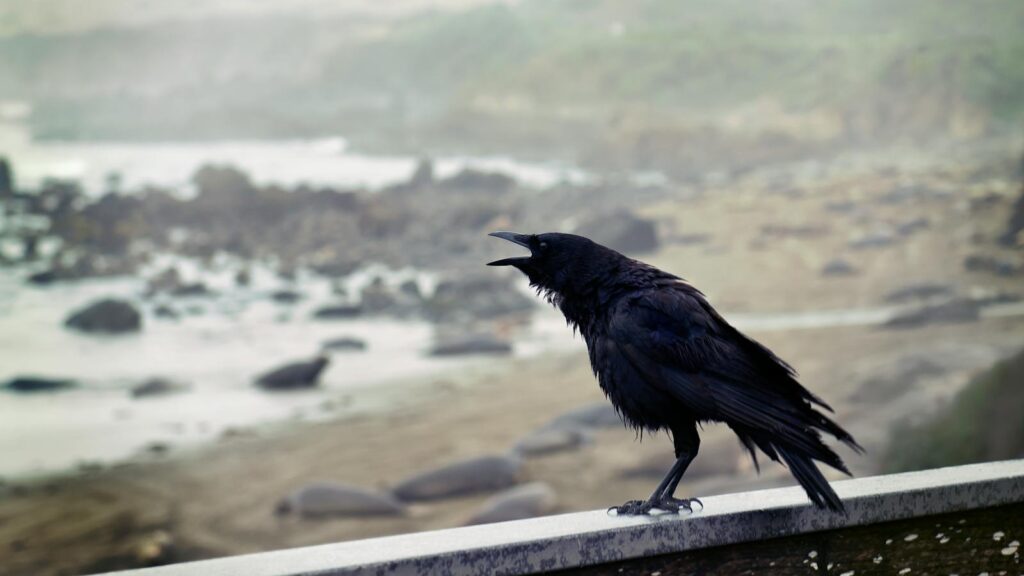
Crows possess an impressive episodic-like memory system that allows them to remember specific past events, including the what, where, and when of experiences. In controlled experiments, researchers found that crows could remember where they had hidden different types of food, which foods would decay more quickly, and would adjust their recovery behavior accordingly. This suggests they have a concept of time and can plan for the future based on past experiences. Some studies indicate crows can remember the locations of thousands of food caches, sometimes for months at a time, tracking this information across seasonal changes. This sophisticated memory system extends beyond simple food storage to remembering complex social interactions with other crows and humans, forming the basis for their long-term relationship mapping and threat assessment capabilities.
Self-Awareness and Mirror Recognition
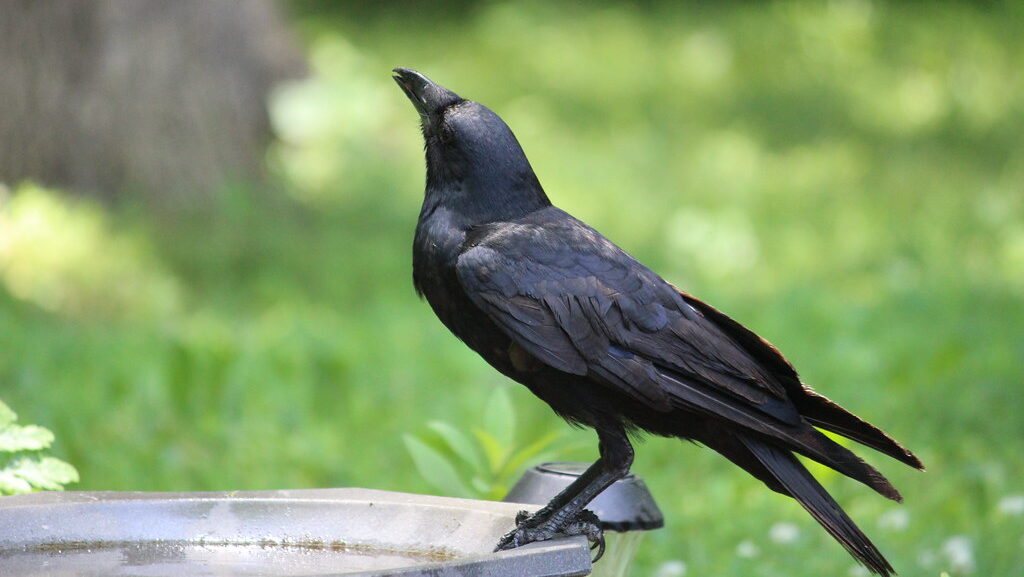
While the classic mirror test for self-awareness has yielded mixed results with crows, modified versions of the test suggest they possess some level of self-recognition. When confronted with their reflection, crows often exhibit behaviors that differ significantly from their reactions to other crows, suggesting they understand they’re seeing themselves rather than a competitor. In one innovative study, researchers placed marks on crows that were only visible in a mirror, and many subjects showed behavior indicating they recognized the mark as being on their own body. Additionally, crows demonstrate metacognition – awareness of their own knowledge limits – by avoiding tasks they’re uncertain about and seeking more information when needed. This potential self-awareness represents one of the highest forms of cognitive processing and places crows in an elite category of animals that may possess a primitive form of self-concept.
Emotional Intelligence and Empathy
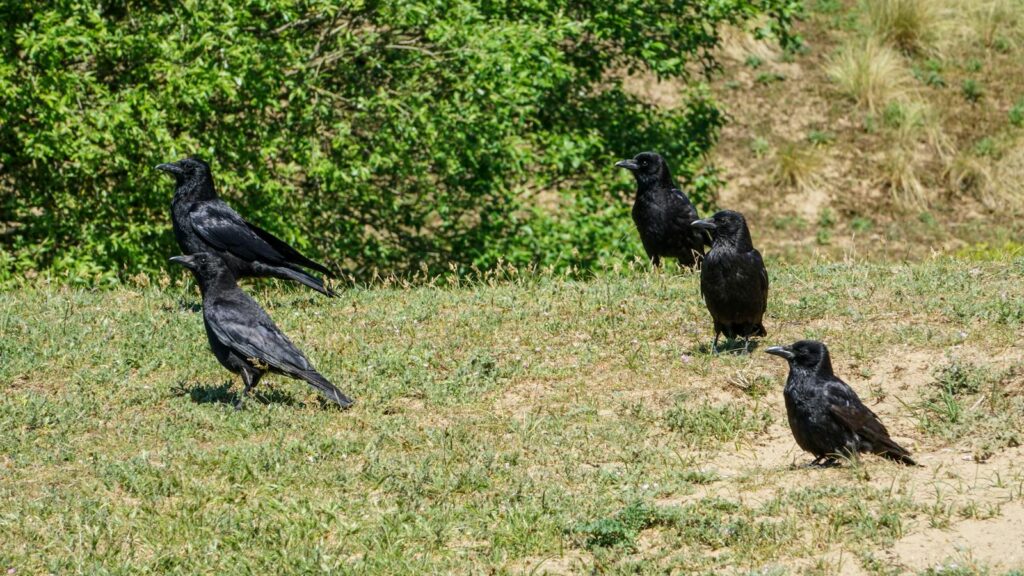
Growing evidence suggests crows possess emotional intelligence, including potential empathic responses to the suffering of other crows. When a crow dies, other crows often gather around the deceased in what researchers call “crow funerals,” behavior that may help them identify and avoid potential dangers while also serving a possible social function. Crows engage in consolation behaviors, with birds offering comfort to those who have lost fights or experienced stress. Captive crows have been observed forming strong bonds with human caretakers, showing preferences for certain people and even bringing them “gifts” such as colorful objects or trinkets. While we must be careful not to anthropomorphize, these behaviors suggest crows experience complex emotional states and respond to the emotional conditions of others in their social group, indicating a sophisticated emotional intelligence.
Abstract Reasoning and Analogical Thinking
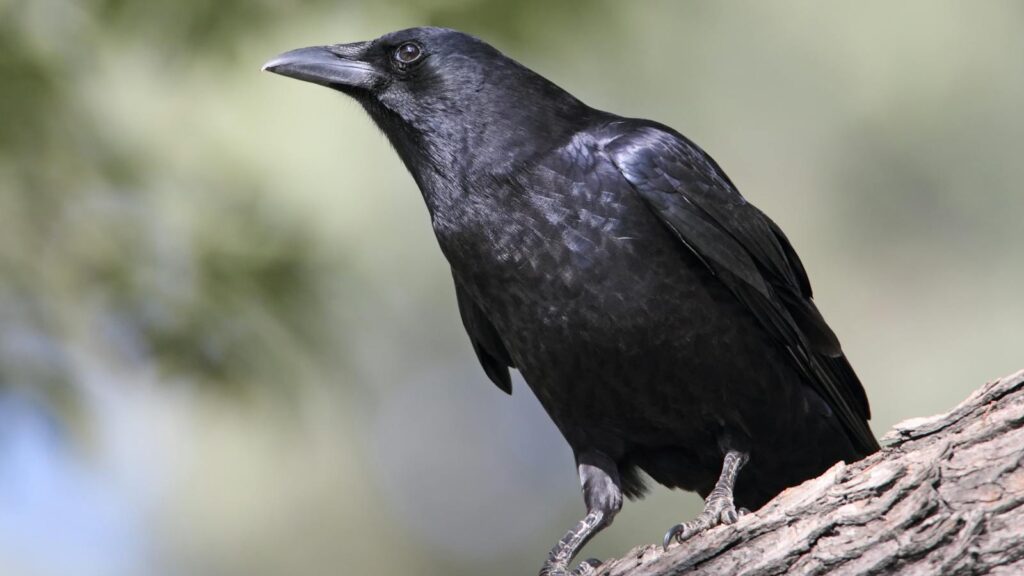
Crows demonstrate abstract reasoning abilities that were once thought to be uniquely human. In laboratory tests, crows have successfully completed “same-different” tasks, where they must identify whether two objects share a relationship, regardless of the specific objects involved. This shows they understand abstract concepts beyond concrete examples. Some corvids have even demonstrated rudimentary mathematical abilities, such as distinguishing between quantities and understanding simple addition and subtraction through disappearance/reappearance experiments. Perhaps most impressively, crows can solve analogical problems (A is to B as C is to ?) that require understanding relationships between relationships, a cognitive feat traditionally associated with higher primates. These abstract thinking capabilities suggest crows possess a flexible intelligence that can transfer knowledge across contexts and generate novel solutions to unfamiliar problems.
Adaptive Intelligence in Urban Environments
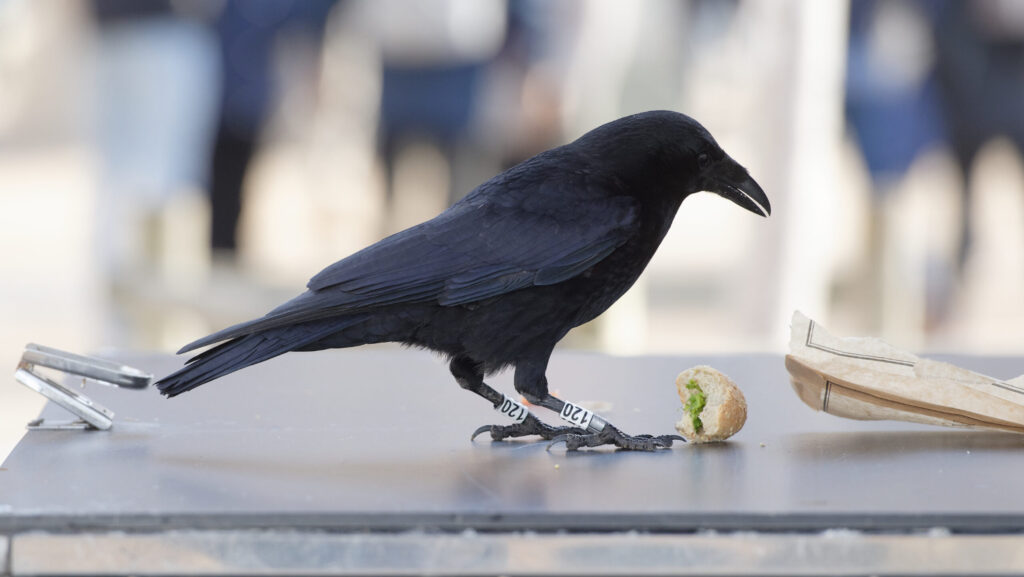
Crows showcase remarkable adaptive intelligence by thriving in human-altered landscapes, often exploiting urban resources in ingenious ways. In cities worldwide, crows have been documented using cars to crack nuts, dropping mussels onto rocky shores from precise heights, and even timing their foraging activities around human schedules like school lunch periods or garbage collection days. Japanese crows have learned to build nests with wire coat hangers, which resist displacement better than traditional twigs in urban environments. In Sweden, crows were observed collecting discarded cigarette butts and placing them in their nests, possibly because the nicotine acts as a natural parasite repellent. This cognitive flexibility allows crows to not only survive but thrive alongside humans in rapidly changing environments, turning our infrastructure and waste into opportunities rather than obstacles.
Specialized Brain Structures for Intelligence
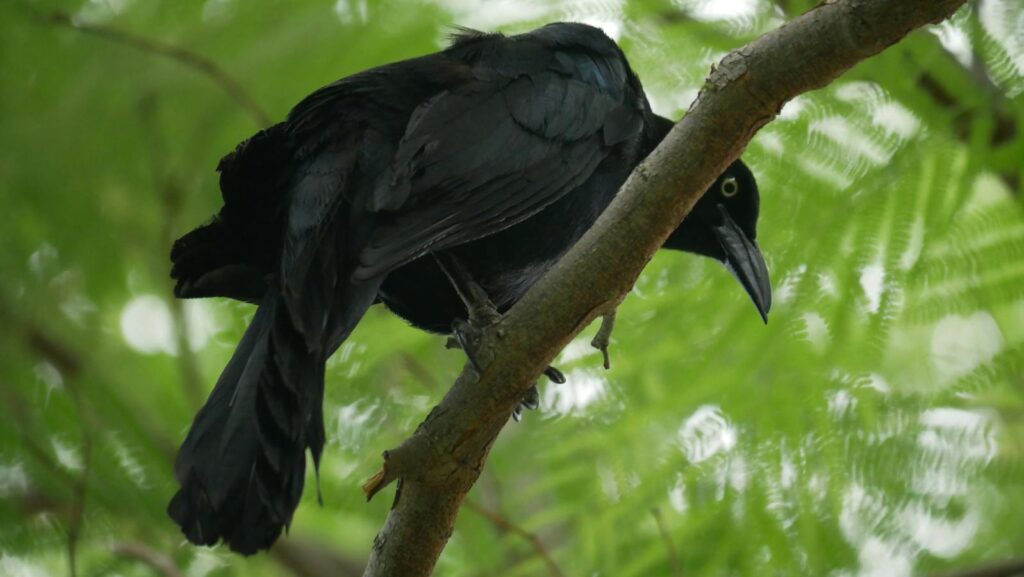
The corvid brain has evolved specialized neural structures that support their remarkable cognitive abilities despite having a fundamentally different architecture than mammalian brains. Instead of a layered neocortex like mammals, crows have developed a dense clustering of neurons in their forebrain that achieves similar computational power through different organization. Their nidopallium caudolaterale serves many of the executive functions that our prefrontal cortex handles, including working memory, planning, and behavioral flexibility. Recent neurological studies have identified specialized circuits in the crow brain dedicated to tool use, suggesting evolutionary adaptations specifically for complex manipulation tasks. Crows also possess an unusually high density of neurons in certain brain regions, packing more processing power into a smaller space than many mammals of comparable body size, demonstrating that intelligence can evolve through different neurological pathways to achieve similar cognitive outcomes.
Playful Behavior as a Sign of Intelligence
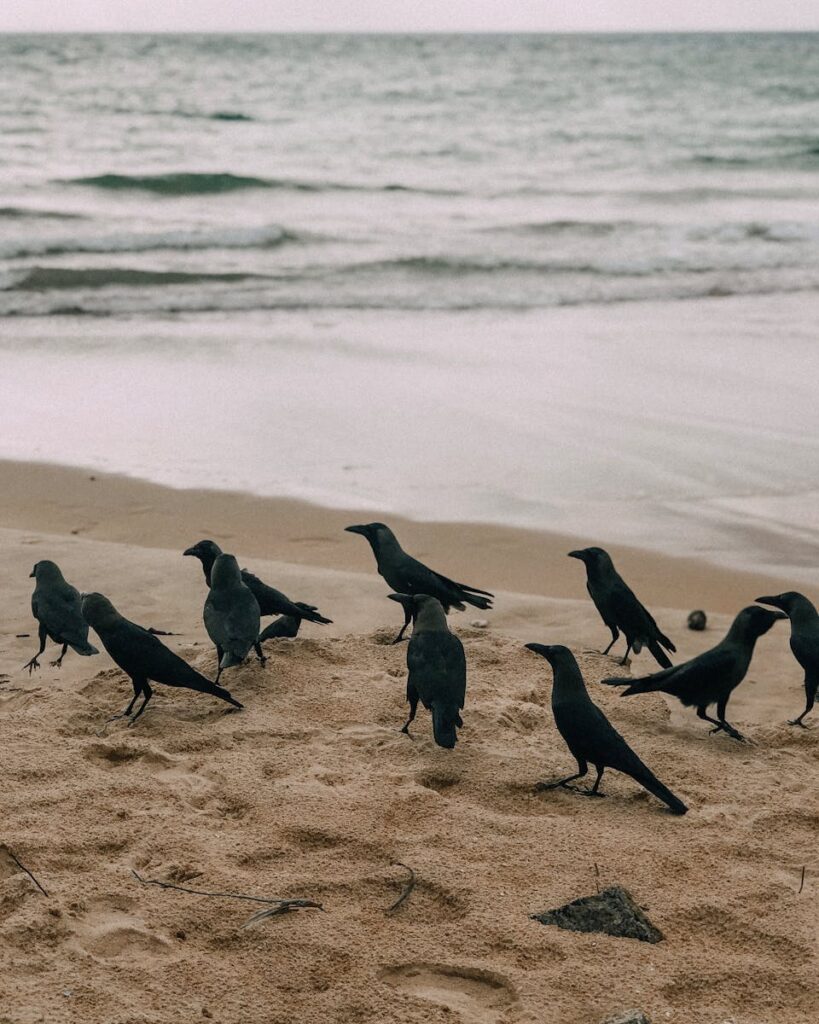
Crows engage in diverse play behaviors that indicate cognitive sophistication beyond basic survival needs. They’ve been observed sledding down snowy rooftops on makeshift tools, engaging in aerial acrobatics apparently for no purpose other than enjoyment, and playing complex social games with other crows. Young crows create and manipulate toys, carrying objects like sticks and bottle caps around purely for entertainment. Some crows even engage in what appears to be practical joking behavior, such as pulling the tails of dogs or cats when they’re not looking. This propensity for play serves important developmental functions, allowing young crows to practice problem-solving, tool use, and social interactions in low-stakes situations. The presence of complex play behaviors is considered by many ethologists to be a reliable indicator of advanced cognitive development and general intelligence across species.
Conclusion
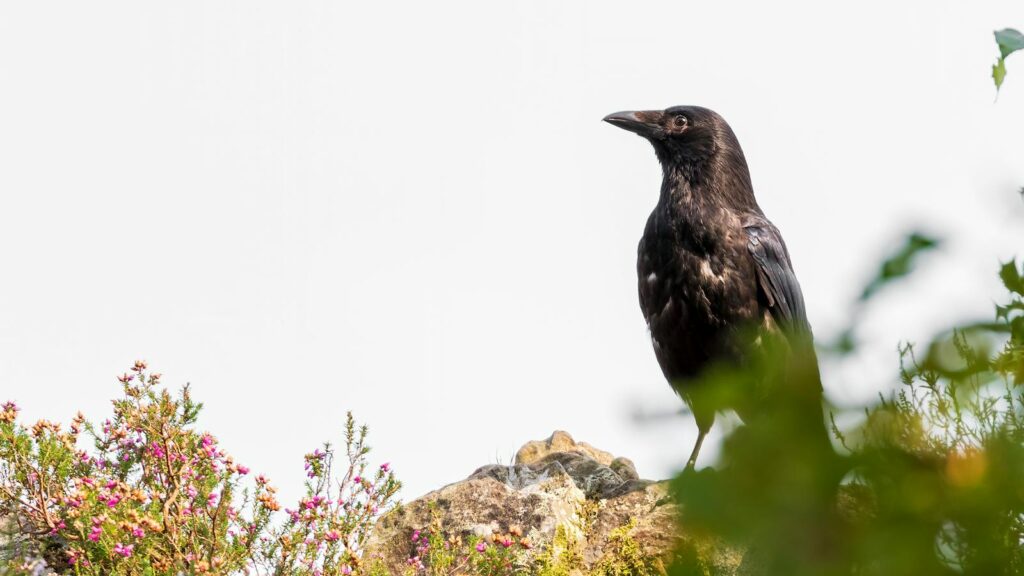
The intelligence of crows challenges our understanding of animal cognition and blurs the lines we’ve traditionally drawn between human and animal minds. These remarkable birds, with their tool-making abilities, social complexity, cultural learning, and problem-solving skills, represent one of evolution’s most successful experiments in developing intelligence through a non-mammalian pathway. As we continue to study corvid cognition, we’re likely to discover even more surprising capabilities that further elevate our appreciation of these common but extraordinary birds. Perhaps most importantly, understanding crow intelligence invites us to reconsider our relationship with these feathered neighbors – not as pests or simple creatures, but as sophisticated minds worthy of our respect and protection. Next time you spot a crow watching you from a nearby tree, remember: you might be the subject of observation by one of nature’s most intelligent minds.
